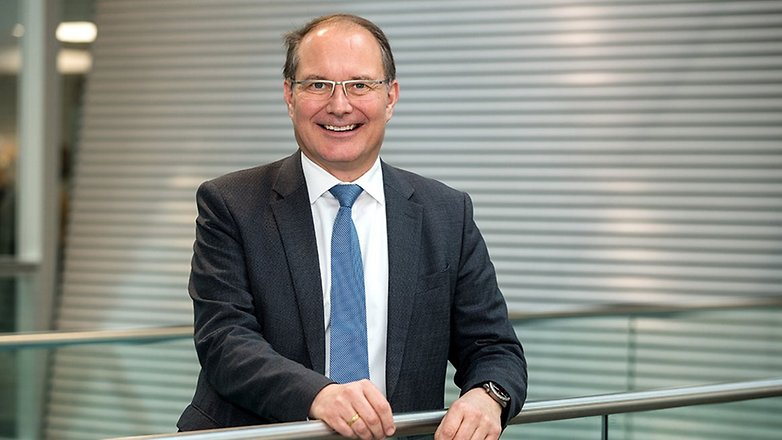How Volkswagen is working on the car of the future

Hall 90b. That sounds rather unspectacular, but it's much more than just another "hall" on the almost 50 square kilometer Volkswagen factory premises in Wolfsburg. Hall 90b, a modern building from 2014, is the heart of VW's electronics development, where the group is working on the car of the future. We were allowed to take a look over the engineers' shoulders.
The Electronics Development department (EE - from the German "Elektronikentwicklung") is part of the Technical Development (TE - "Technische Entwicklung") department at Volkswagen. Almost 1,500 people work here to make the VW fleet fit for the future. The three major trends are digitization, networking and new mobility concepts. VW - like so many automakers - wants to change from a pure vehicle manufacturer to a complete mobility provider, as development manager Dr. Rolf Zöller emphasizes.
The three areas go hand in hand. The networked car needs a lot of digital technology and must always be connected to the Internet. Since this cannot be guaranteed, it is essential that the basic functions can also be used offline, i.e. integrated into the vehicle. You can't make phone calls without a mobile phone network, Zöller said, and people accept that. If a car stopped because it didn't have an Internet connection, that would be completely different.

The networks must grow with it
This is another reason why Zöller emphasizes the importance of network expansion in mobile communications and the new 5G standard. In the eyes of the VW manager, weaknesses in network coverage hamper the development of technologies that depend on it.
The developers working on the cockpit systems have to be especially careful, despite all modern possibilities. People have become accustomed to haptic knobs and rotary switches over the decades and are often able to operate them blindly. This is not the case with new touch systems, which may deter older people in particular. Additionally, new cars must not look as if they only appeal to the smartphone generation. Finding the golden mean is not easy.
Not only programmers and engineers have their say in the development of the control elements. Psychologists, graphic designers and many other specialists are also involved.
Virtual Reality is indispensable for testing and experimenting
It's good that you can now test features and collect feedback without having to build an entire car. The new displays and operating elements can be simulated with VR headsets (Volkswagen is currently relying on the HTC Vive Pro) and examined to see how intuitively they can be used by different people. The experts also measure things such as deviations from the actual route when the driver is fiddling with the controls - a good indicator of how operation affects safety.

An important point in the future will be digital assistants that drive with us in the car. VW is currently developing its own virtual co-driver, which will not only support in operating the vehicle, but also provide entertainment. A command like "my feet are cold" will then be processed by the AI to adjust the heating and ventilation accordingly.
Networking the many components in the car is a special challenge, however. There are dedicated test benches for this in Hall 90b. This is where the complete electronics of a vehicle are assembled - from lamps, control elements and sensors to the loudspeakers for the car radio. Components can be individually controlled and exchanged to investigate interactions. In these rooms, Volkswagen tests both completely new vehicles and vehicles that have long been on the road in series production. We are not allowed to show these test laboratories in pictures.
This is also due to the fact that there are always prototypes of new vehicles in the halls of Volkswagen. If they appear before the planned presentation or if the competition gets wind of them, the damage can run into the millions. That's why such vehicles are usually concealed or made unrecognizable even in laboratories and workshops - who knows what eyes will glimpse.
The car is only a part of mobility's future
The fact that the car is only one part of the mobility mix is increasingly coming to the fore with the long-established car manufacturers. Volkswagen, therefore, wants to integrate its cars with public transport, bicycles, rental vehicles or pedestrians into a complete route guidance system. The more components from this mix you can cover with the different brands of the group, the better, in this business.
In order to continue the development of the car of the future, Volkswagen needs one thing above all else: bright minds. According to Zöller, the demand for engineers and IT specialists will increase tenfold in three years. So they are always on the lookout for the right personnel to drive development forward in Hall 90b.
What do you think about VW's vision for the future of mobility? Let us know in the comments.



